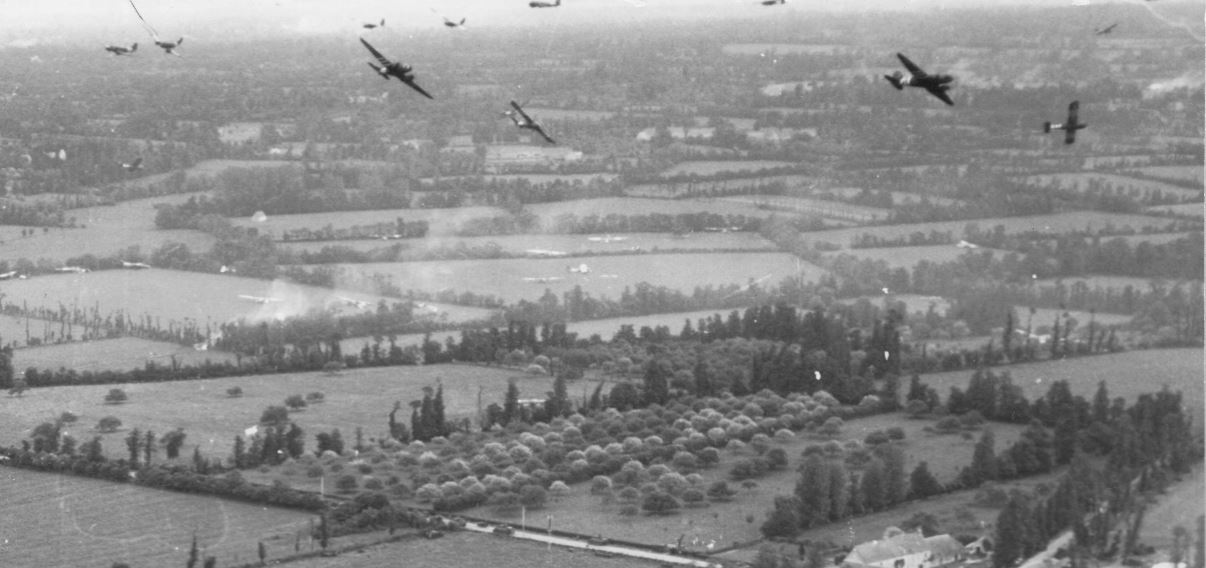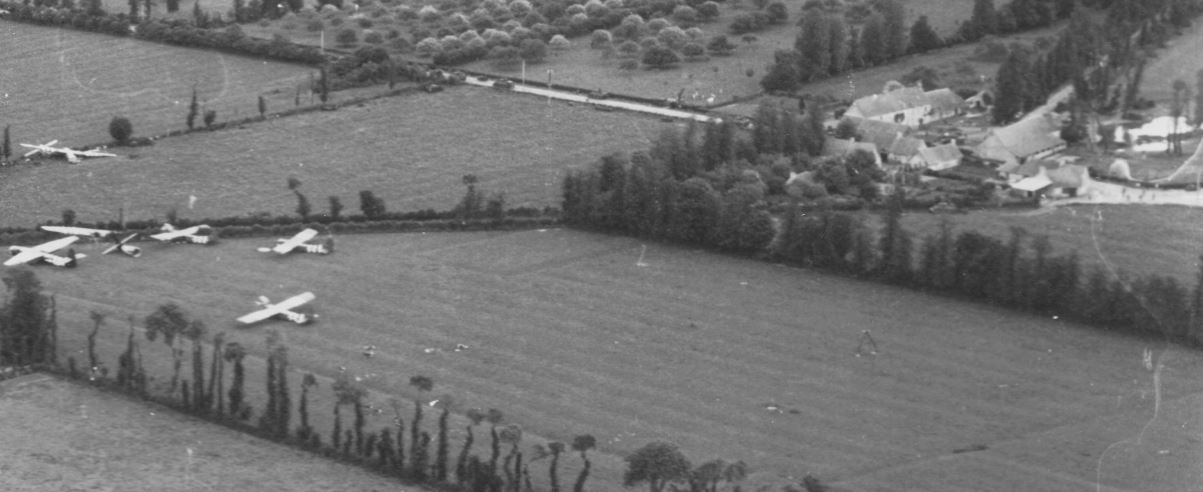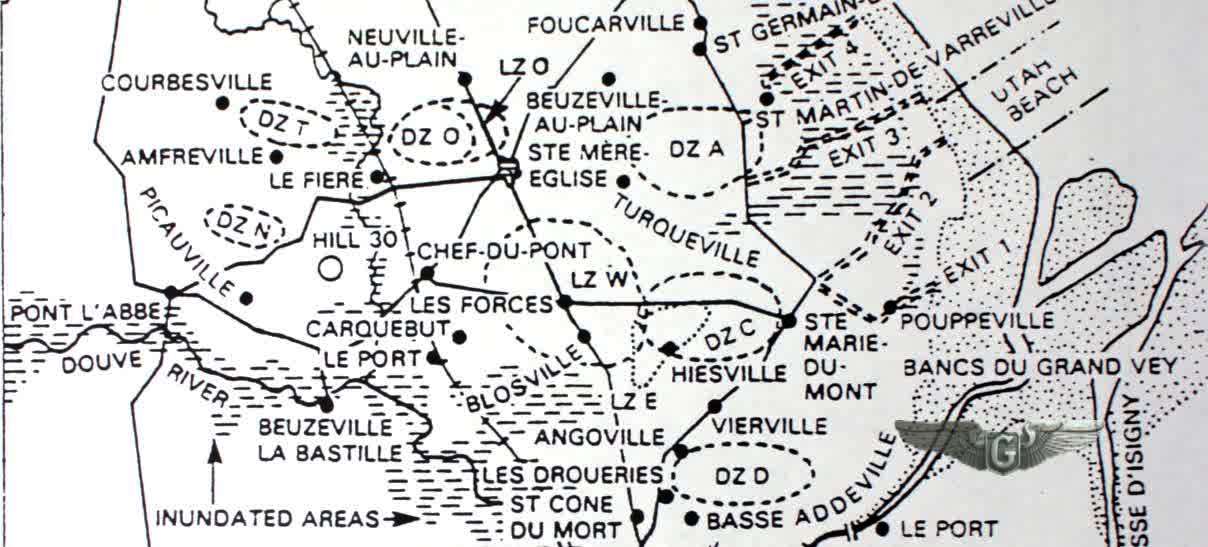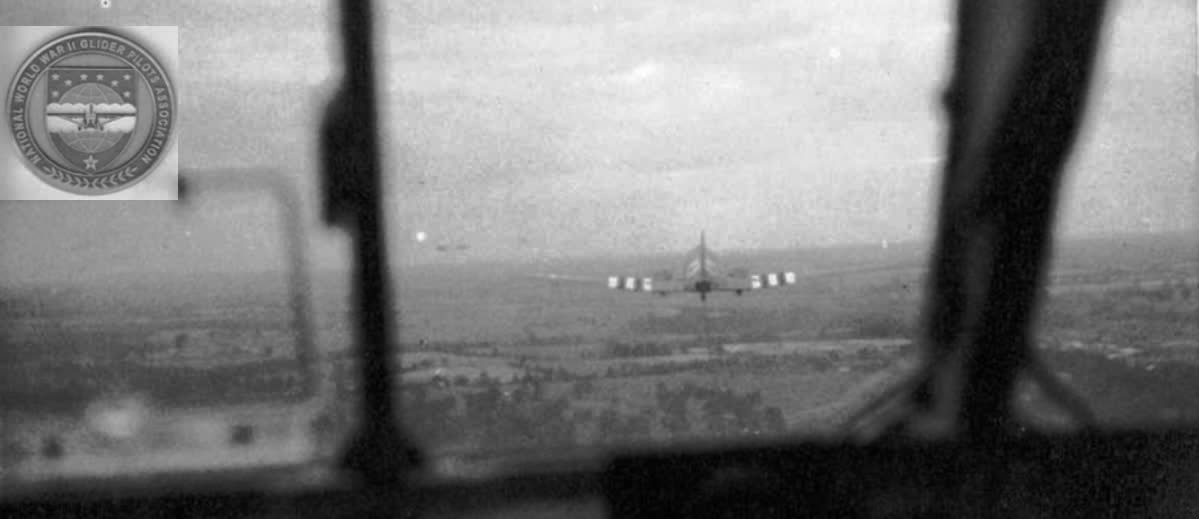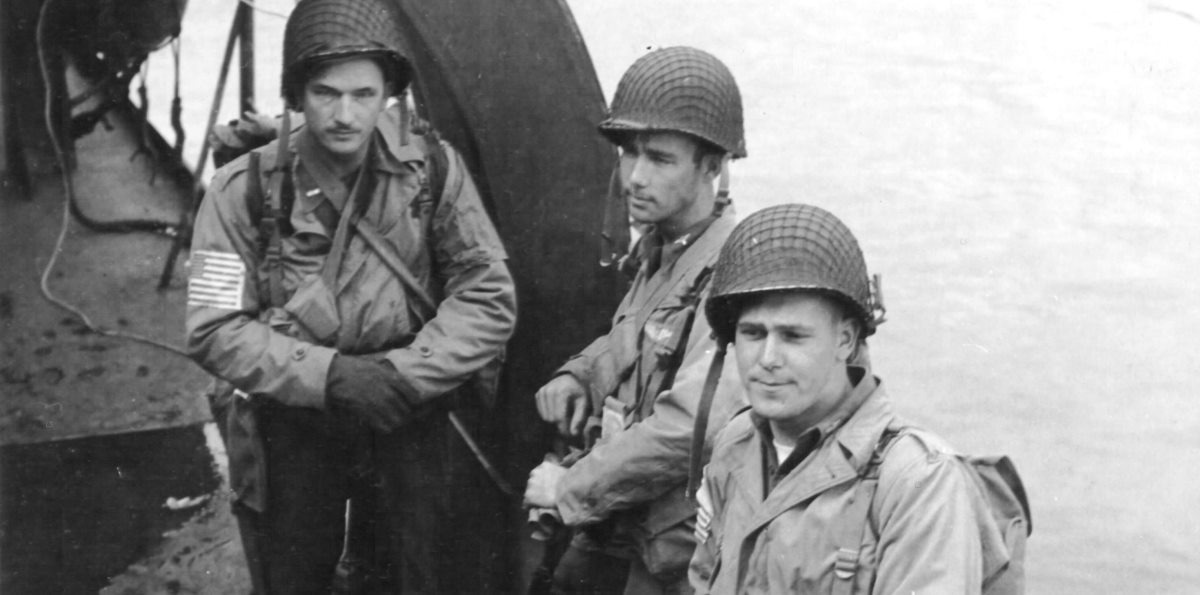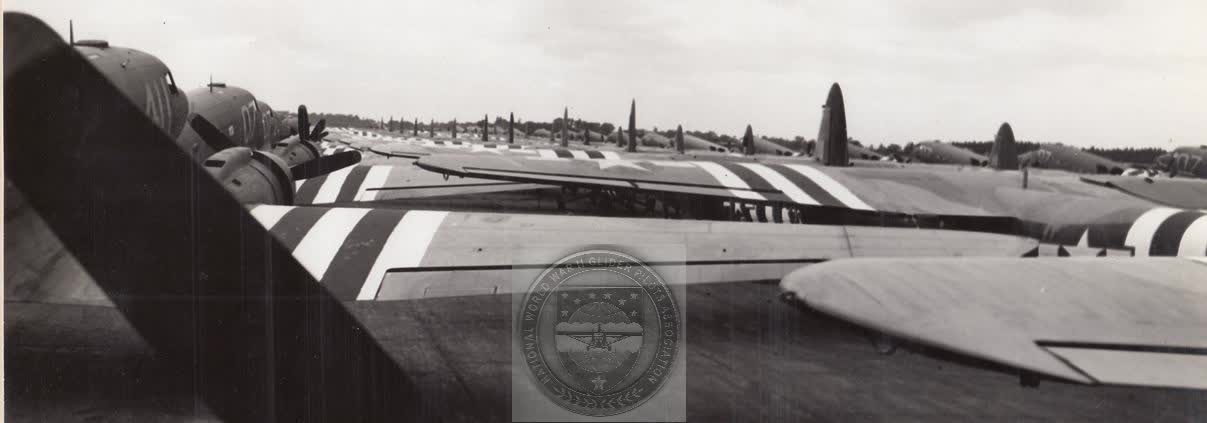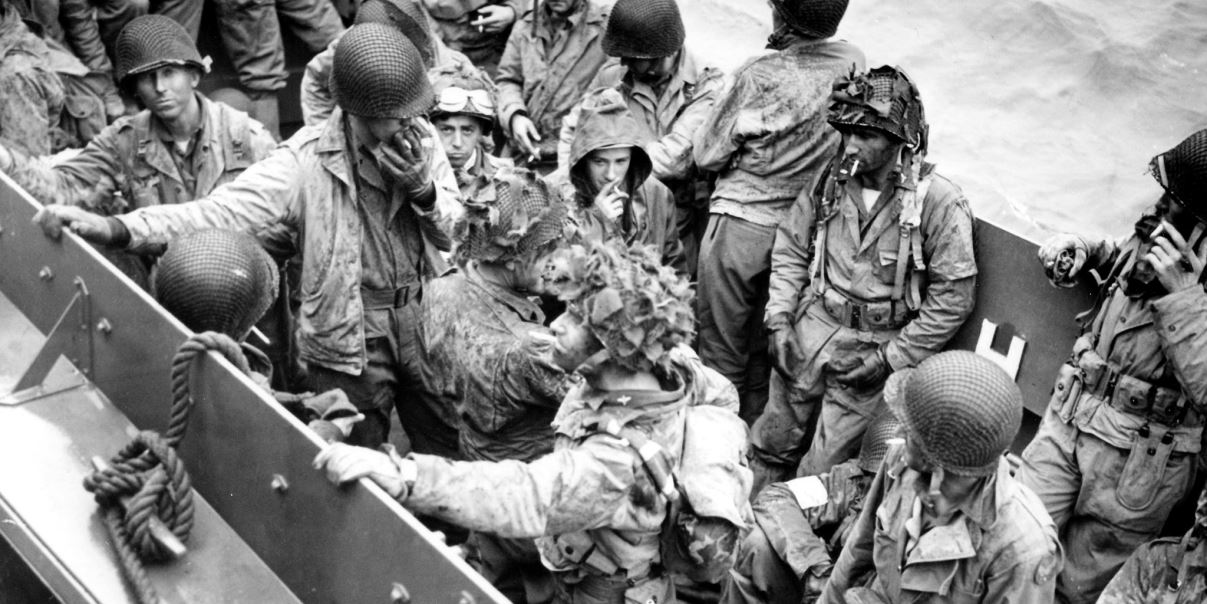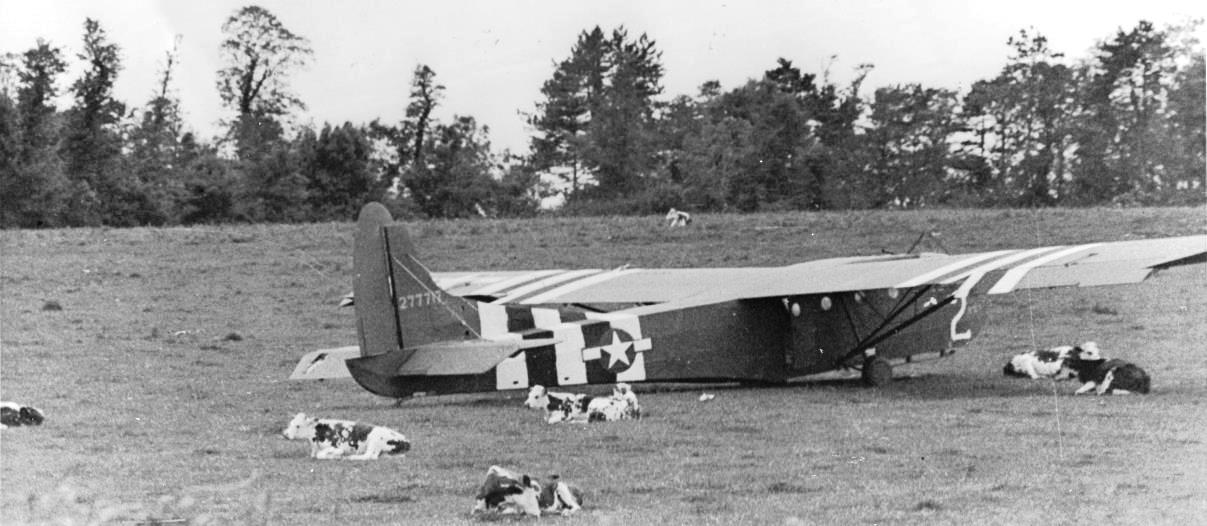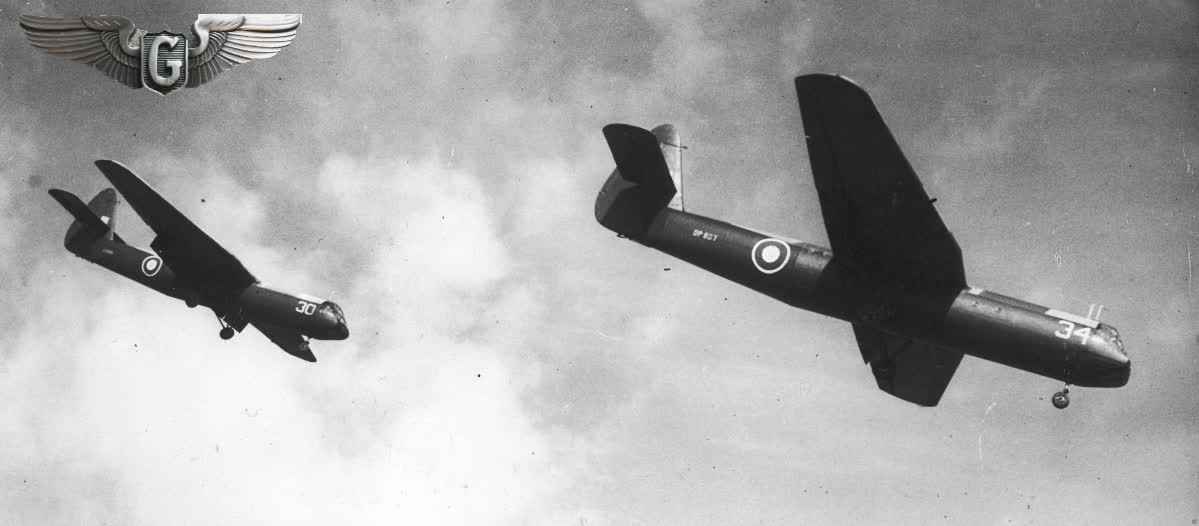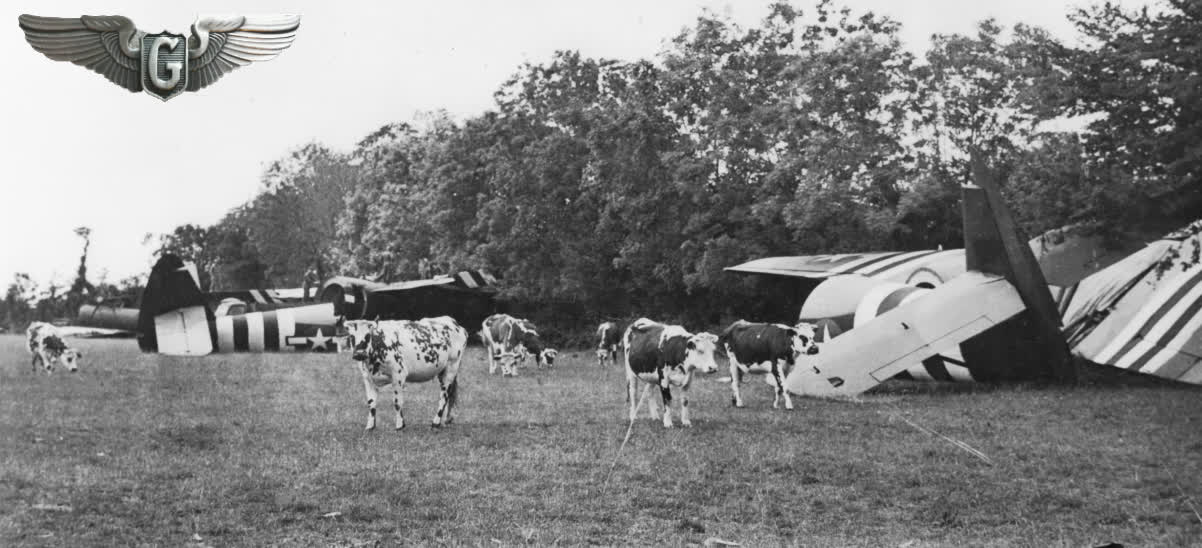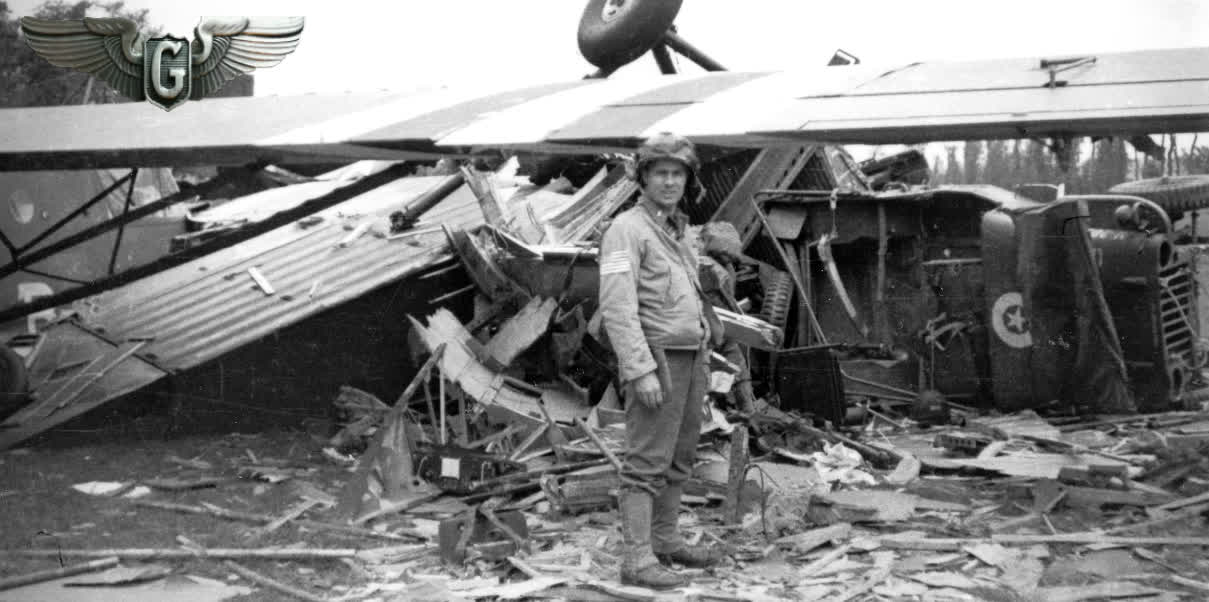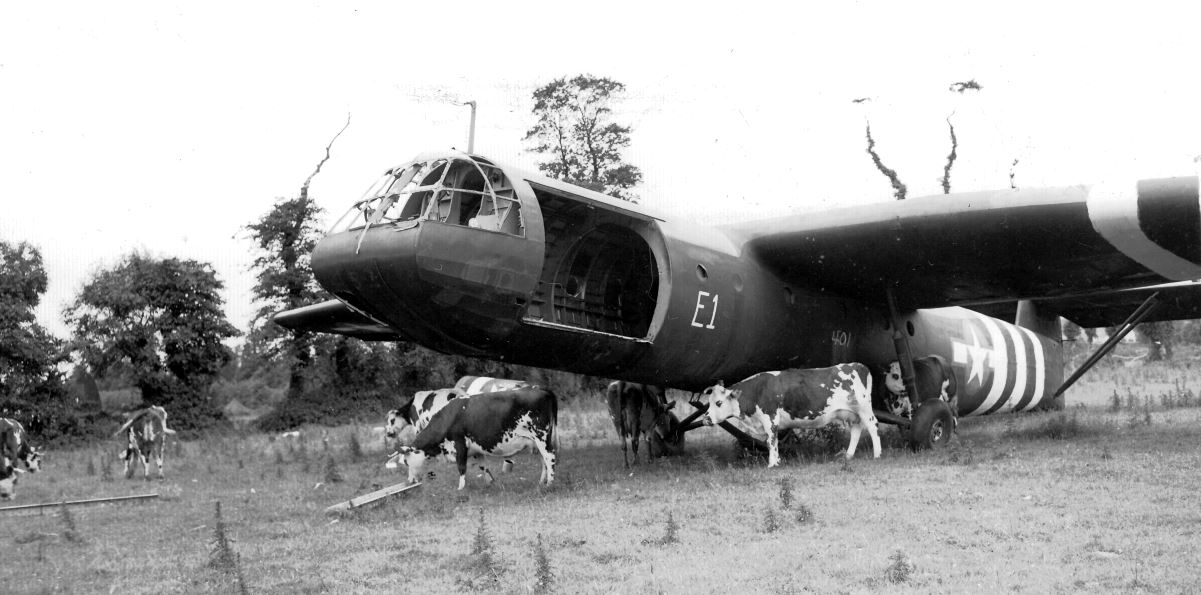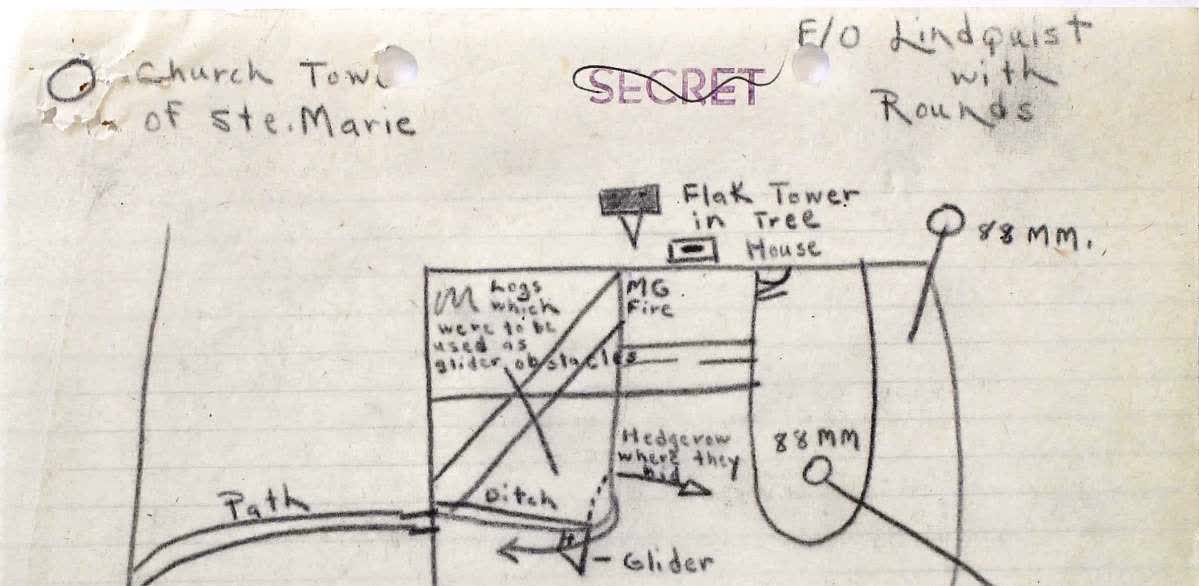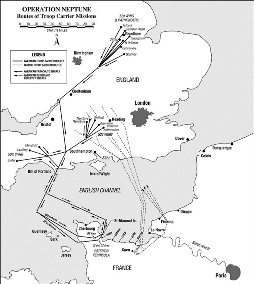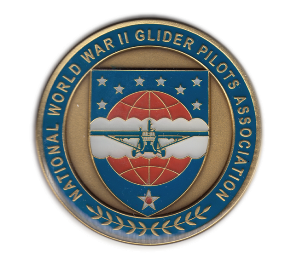National WWII Glider Pilots AssociationLegacy Organization of veterans National WWII Glider Pilots Association. Discover our History, Preserve our Legacy | ||
|
For some time now, the photo of a glider landing on a runway has been used as the banner for the Facebook and twitter pages of the National World War 2 Glider Pilot Association. The official caption of this photo is:  Gliders loaded with essential supplies land on a partially completed airfield somewhere in Northern France. Despite the steady stream of gliders bringing in men and equipment from England, the work on the airfield goes on uninterrupted. There is an interesting story to tell with this photo; one that might be known in general, but where details remained hidden. The story to tell are the details of men who flew two or even three glider flights to Normandy. So the story begins... With the first phase of the Normandy invasion over, there came the need for less known missions. One of those is the glider resupply mission to the La Londe airstrip. These missions started on June 10, 3 days after the last glider operations to Normandy. These missions were planned on call from higher command. Not much can be found, but it can be assumed that the La Londe airstrip was the focal point for all these resupply flights. The airfield, or Advanced Landing Ground, was situated outside Ste.-Mere-Eglise near the La Londe farm. It was built by IX Engineering Command, 819th Engineer Aviation Battalion 10 June:On this day, six gliders were to be towed to Normandy. The task was given to the 81st Troop Carrier Squadron, one of the four Squadrons of the 436th Troop Carrier Group based at Membury Field, England. The Squadron’s glider pilots had just started to return the day before, June 9. This is just three days after the initial landings in Normandy. Take off was at about 1600 hours. No enemy fire was encountered. Two of the gliders were each loaded with a jeep. One of the glider pilots, F/O Adelore J. Chevalier, wrote about the re-supply missions:
Official records show that following 81st TCS Glider Pilots return from Duty to Detached Service 82nd A/B as of 10 June
12 June:More supplies were needed in the Normandy beachhead. Again the 436th Troop Carrier Group was there to answer the call. The 80th Troop Carrier Squadron dropped bundles from C-47s at La Londe with 9 aircraft involved. The 54 parapacks and bundles carried by these planes contained 2 tons of 60mm and 81mm mortars and 5 tons of ammunition. The drop was made at 0802 hours from 300 feet on a zone just east of Ste.-Mère-Église. One parapack failed to launch. The six glider pilots of the 81st Troop Carrier Squadron who had piloted gliders on the 10 June mission returned back to their base early in the morning. And they expressed a willingness to do it again. Some would get their chance. That evening four aircraft of the group towed gliders to the same zone. Planes of the 79th Troop Carrier Squadron took off at 18.47 hours. The following 79th TCS Glider Pilots are listed as 'from Duty to Detached Service 82nd A/B as of 12 June'
Above men returned to Squadron the 15th 13 June:The 436th Troop Carrier Group Executive Officer led eleven of planes of the 82nd Troop Carrier Squadron on a glider tow mission on the 13th. Four of the glider pilots were piloted by glider pilots of the 80th Troop Carrier Squadron. The 81st Troop Carrier Squadron delivered six glider pilots. Unfortunately, the names of the last glider pilots on this mission remain hidden in history, or in archival papers. A fighter escort was provided by 12 P-38s. Eleven CG-4A's landed on a newly constructed landing strip just east of Ste.-Mère-Église, La Londe. The gliders contained 1 ½ tons of ammunition and 13 tons of equipment. Another report gives two jeeps and 42 airborne troops as being the load. Apparently, one aircraft carried 15 paratroopers. All the vague information from the various reports makes it difficult to 'recreate' this day’s mission. One wonders if the 11 dispatched 82nd TCS C-47 were all towing a glider, or if one only carried paratroopers. And if that was the case, would the ten listed glider pilots have been flying without co-pilot, handling the ten gliders? No detailed formation information of this flight was found in the 436th TCG or 82nd TCS report. The gliders were released at 1913 hours from a height of 600 feet. After that, the paratroopers jumped at about 2021 hours. Gliders and paratroopers did land safely. Although the Germans responded by shelling the area, the mission was a complete success and all the glider pilots returned. F/O Chevalier continued his story about this last flight to Normandy The clipping from Time Magazine might be us the time I made my third landing in France about the 13th or 14th of June. Landed on an airstrip that time. It was only about half-finished then, and they built it right over the spot where I crash landed on D-day 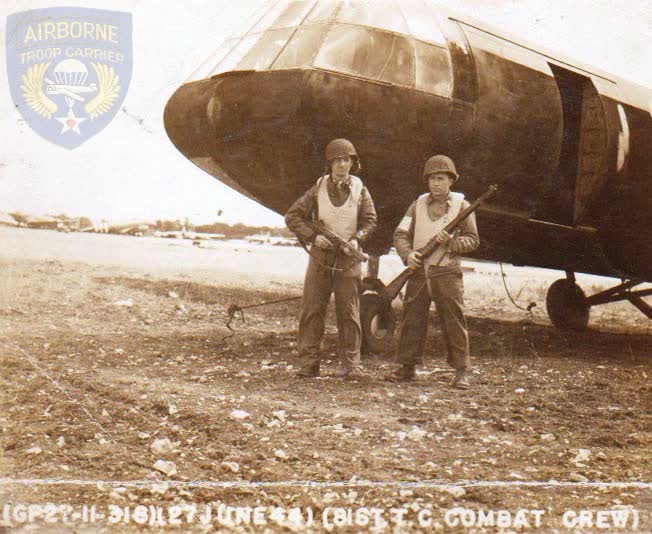 Lt. Green, standing left, and F/O Chevalier pose for the camera. The photo is dated 27 June 1944 and it is known that similar photos were taken in the 436th TCG of men who flew the D-day missions. One wonder why such was done after the mission, where those left behind could not be pictured. Lt. Green and f/O Chevalier flew a Horsa glider together on D-day. Both would fly three more missions to Normandy. (E. Chevalier) 80th TCS Glider Pilots from Duty to Detached Service 82nd A/B as of 14 June (date MR, might have been mission of 13th)
81st TCS Glider Pilots from Duty to Detached Service 82nd A/B as of 13 June
With the small black spot of the 13 June glider mission in mind, it sure is remarkable that five glider pilots did make three flights to Normandy. It is great to be able to reveal these names that have been in the shadows of history. The men involved in these resupply missions did something that should not be forgotten. Now that the names of these glider pilots have surfaced, the tow pilots still remain buried in the memories or history of the war but should not be forgotten. Among them would surely been crewmember who flew their third mission to Normandy as well. ----------------------Sources
|
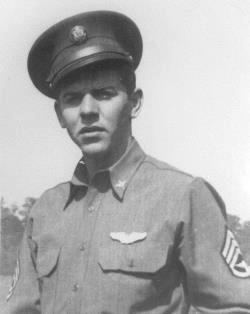
Thomas James MCCANN

Earl GOODWIN

Edward R EVANS Jr
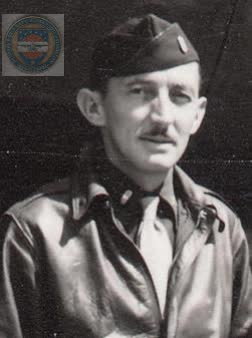
Robert James HAMILTON
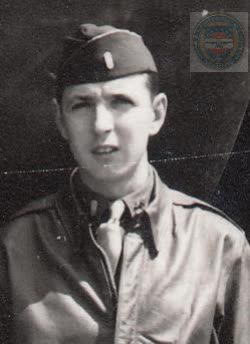
Robert C GILMAN

Isedor S GOLDBERG
11 Serials - 514 gliders
et Patrick Elie
Preparing for the Elmira Mission, Greenham Common.
Neptune Operation air assault route from England.
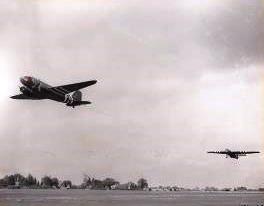
A C-47 and Horsa combination takes off from Greenham Common as part of the Elmira mission. The C-47 pictured here would later crash on a glider mission to Holland.
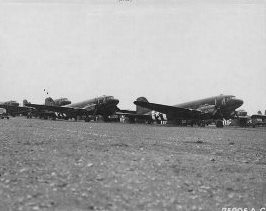
Tow planes and gliders of the 439th Troop Carrier Group are lines up on the runway before the Hackensack mission.
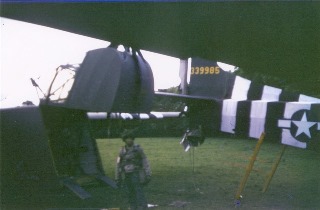
Two gliders of the very first mission in the Normandy fields.

